
Background
Scandic is the largest Nordic hotel chain, with a loyal customer base but a mobile app that was struggling to meet expectations. At the time I joined the project, the app had a 2.3-star rating on the App Store — a clear signal that users were experiencing frustration and friction. The design was inconsistent, accessibility was lacking, and user journeys felt fragmented.
The challenge was clear: rebuild trust through better design and experience.
My Role & Approach
I led the design transformation of the Scandic App, taking ownership of the full product design cycle — from research and strategy to hands-on design execution. My focus areas included:
Accessibility: I embedded accessibility best practices into the design system and throughout the user flow, ensuring the app was usable for a broader audience.
Design System: I developed a unified, scalable design system to ensure consistency across platforms and components. This helped the team move faster while maintaining a high standard.
User Research: I conducted qualitative and quantitative research to identify pain points, uncover usage patterns, and prioritize fixes based on real user needs.
UI & Brand Refresh: The app needed a visual overhaul. I introduced a refreshed UI aligned with Scandic’s brand identity while also improving readability and accessibility.
Prototyping: I built interactive prototypes to test ideas early with stakeholders and users, streamlining iteration and alignment before handoff.
Rebuilt the entire app flow and screens to uncover pain points and identify reusable patterns for a scalable design system.

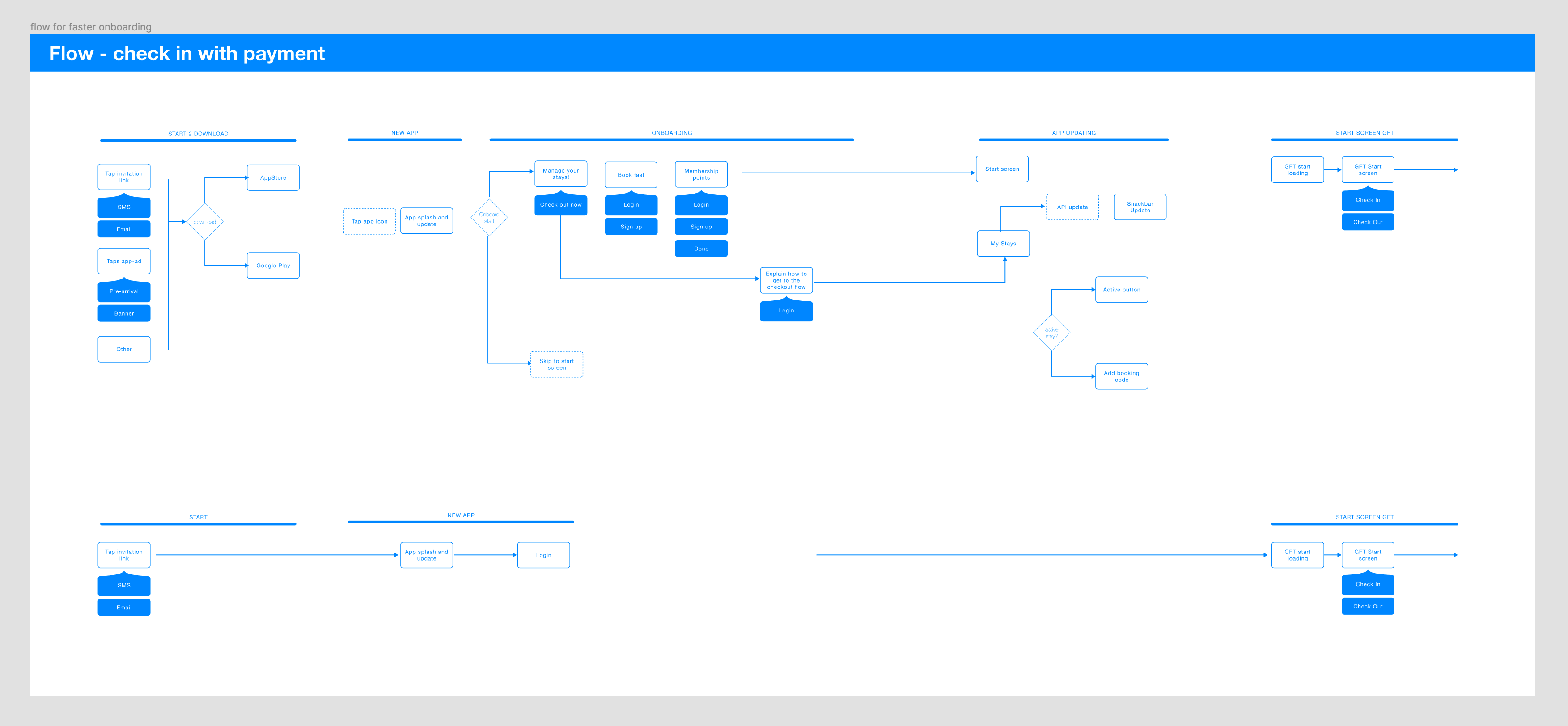
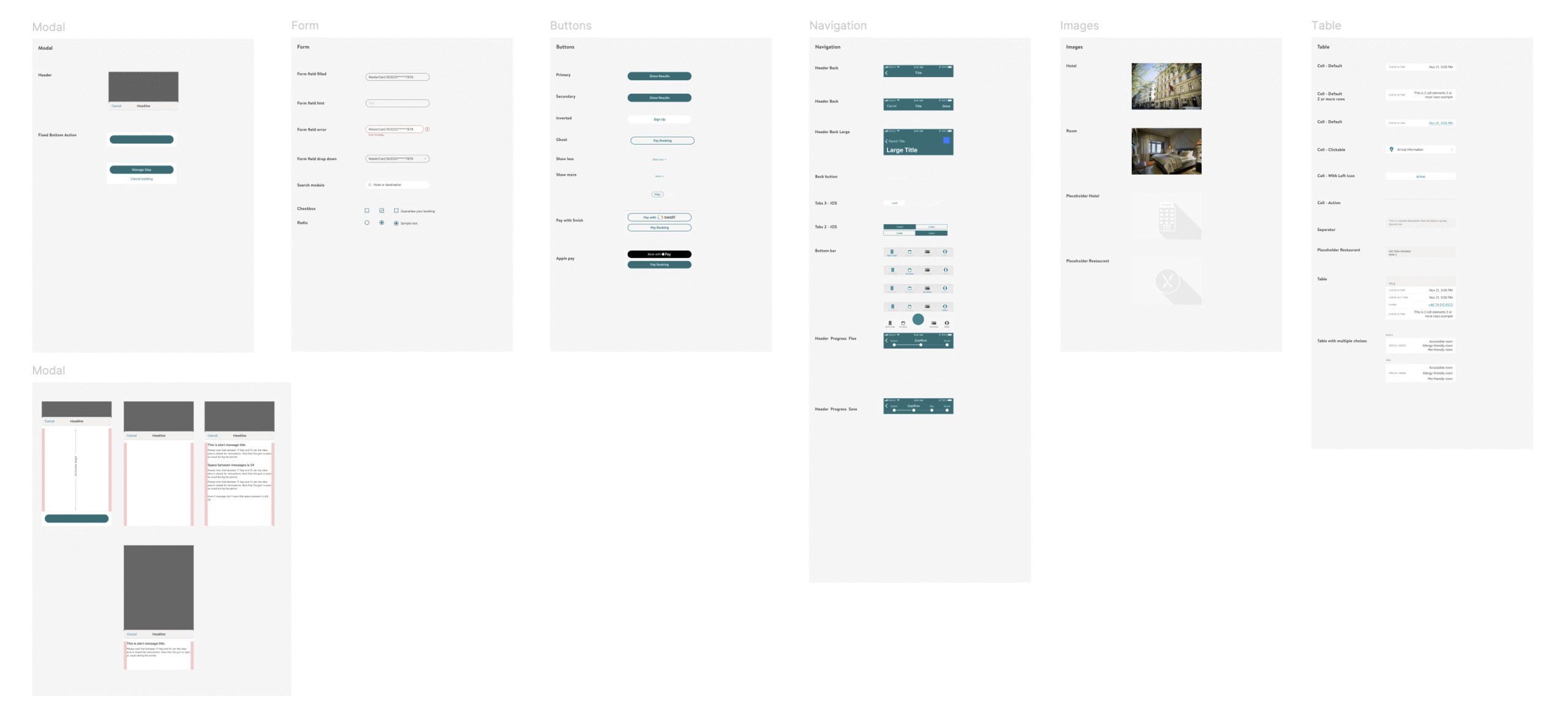
Scandic App user research
Crafted micro-interactions and transitions as prototypes to ensure a smooth, intuitive user experience.
Finished project
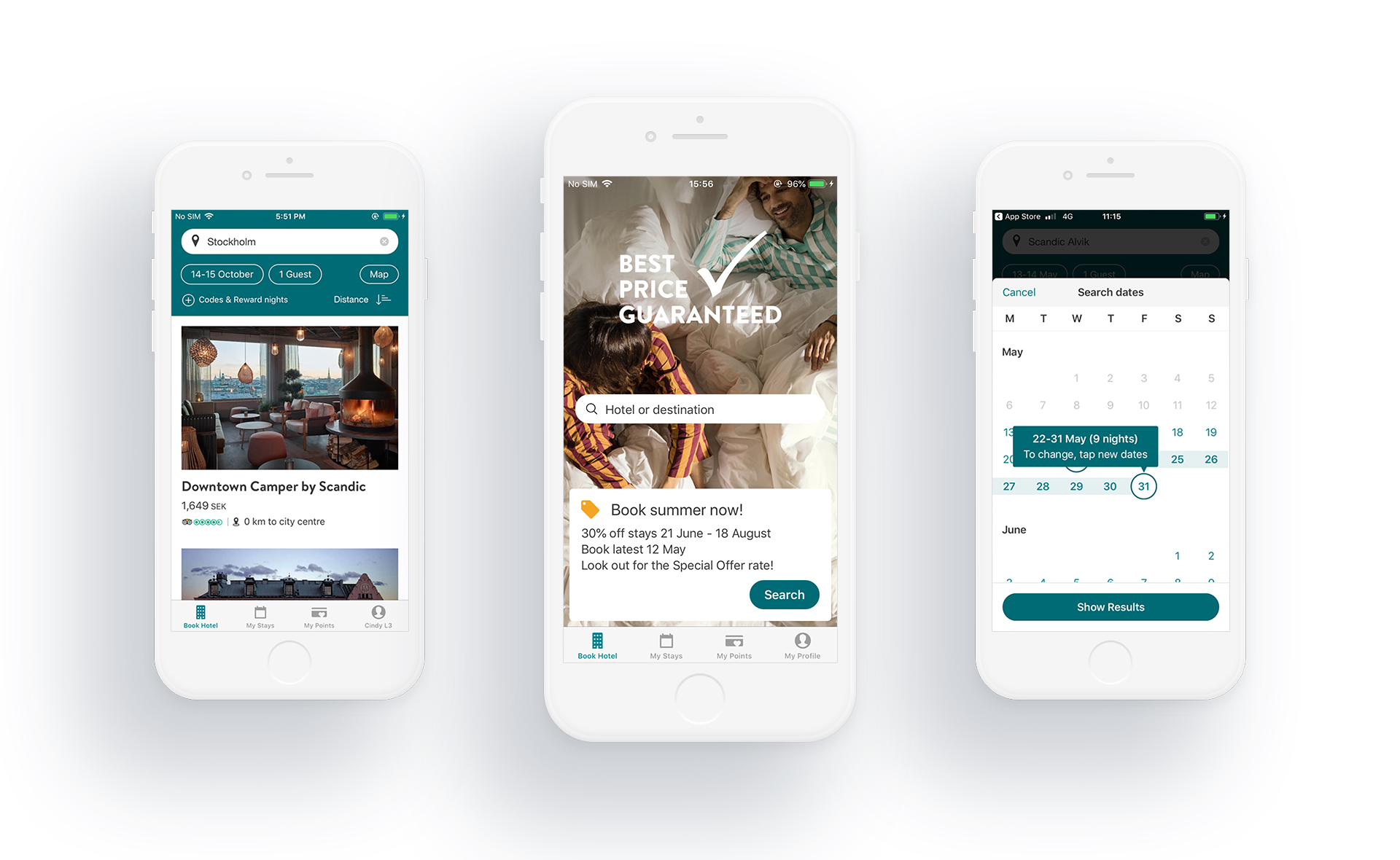
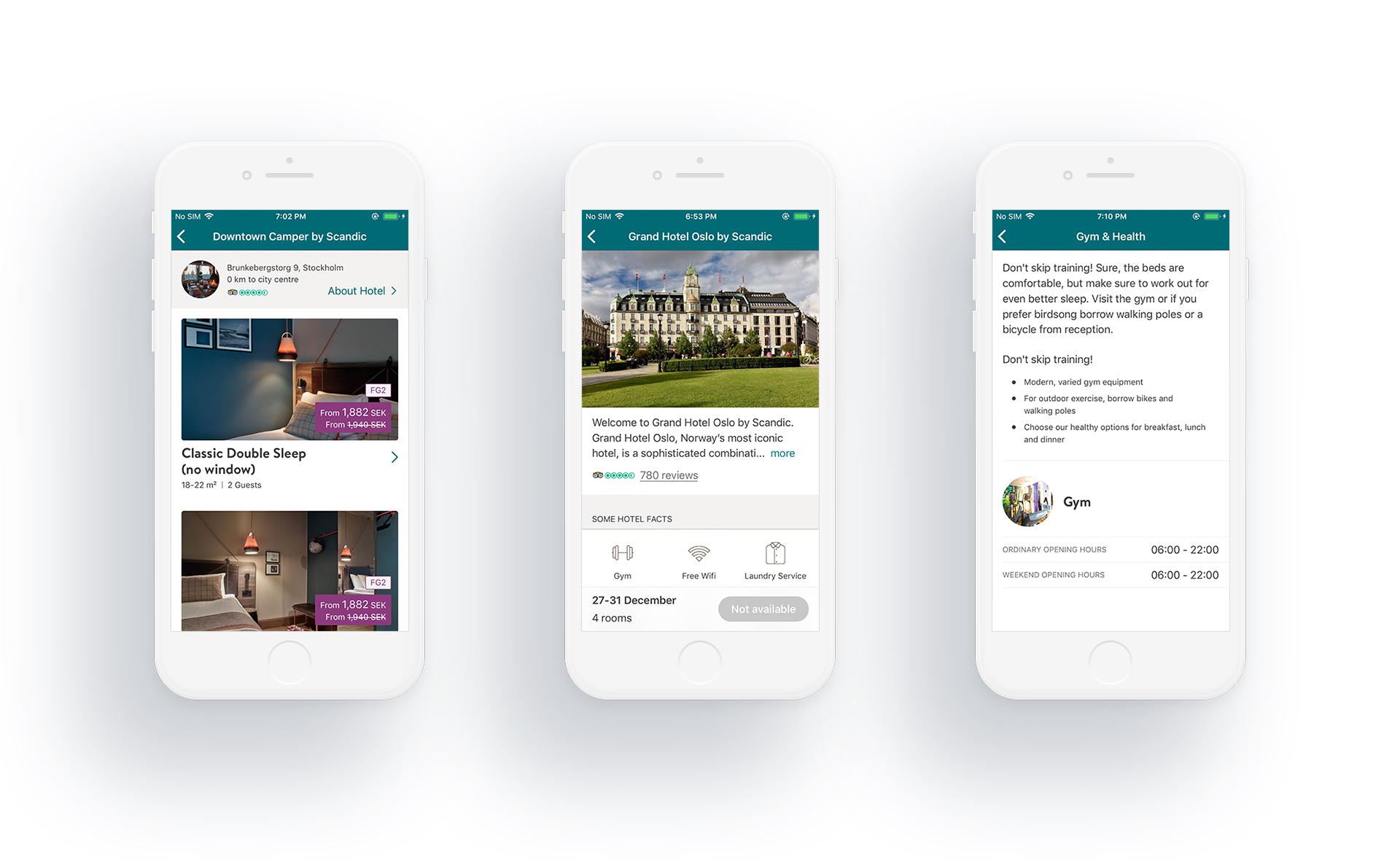


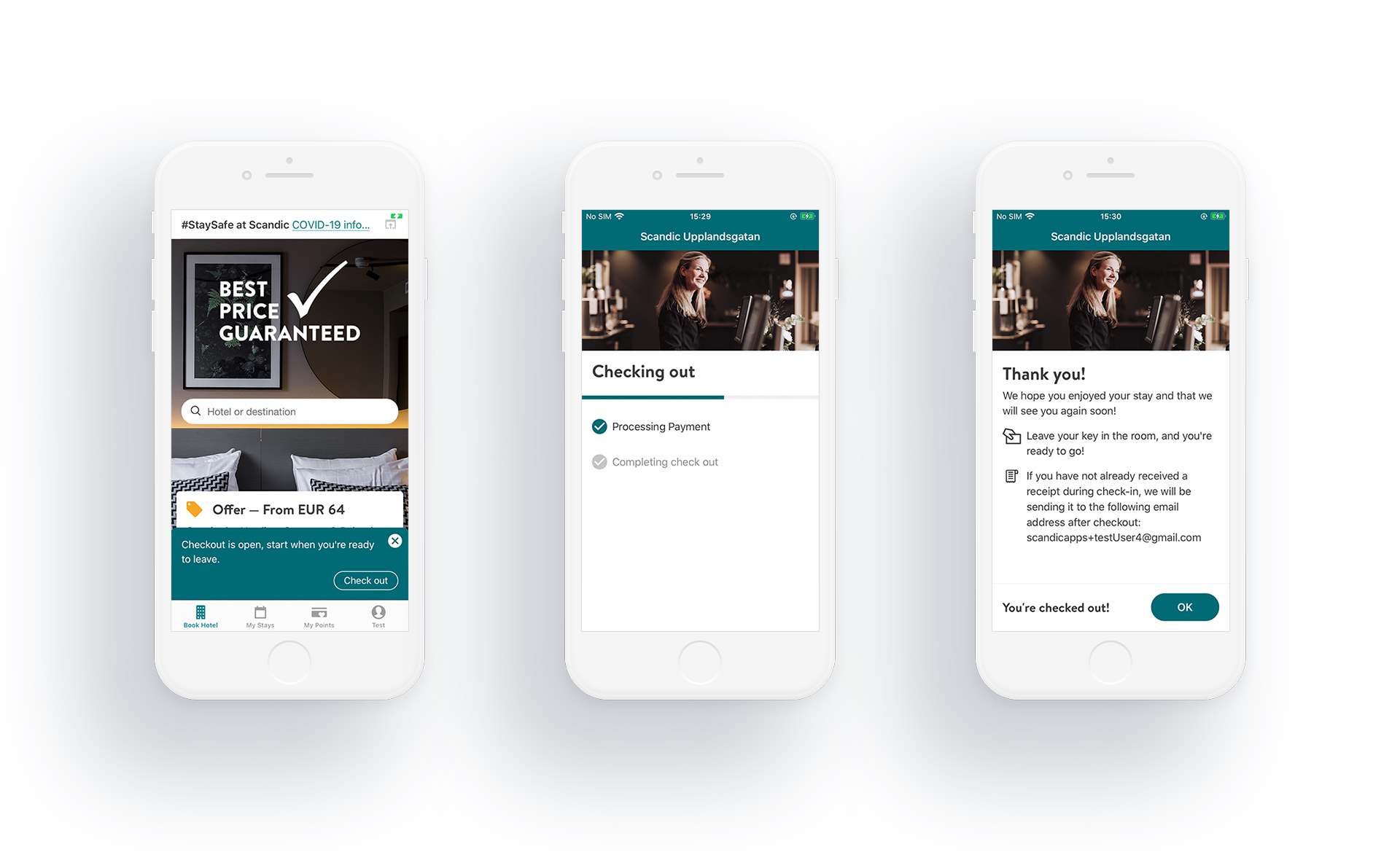


Impact
The result of this work was a significantly more cohesive, intuitive, and accessible product. Within months of the redesign going live, the App Store rating jumped from 2.3 to 4.6 stars — a clear indicator of improved user satisfaction and engagement.
This wasn’t just about visual polish. It was about deeply understanding the user pain points, solving real problems, and crafting a unified experience that delivered value.

